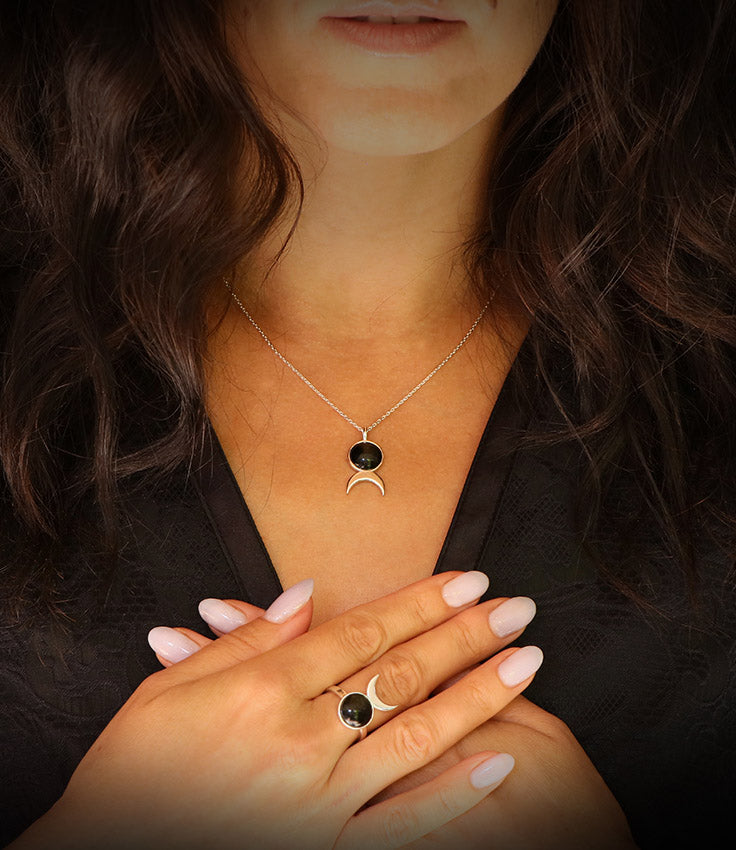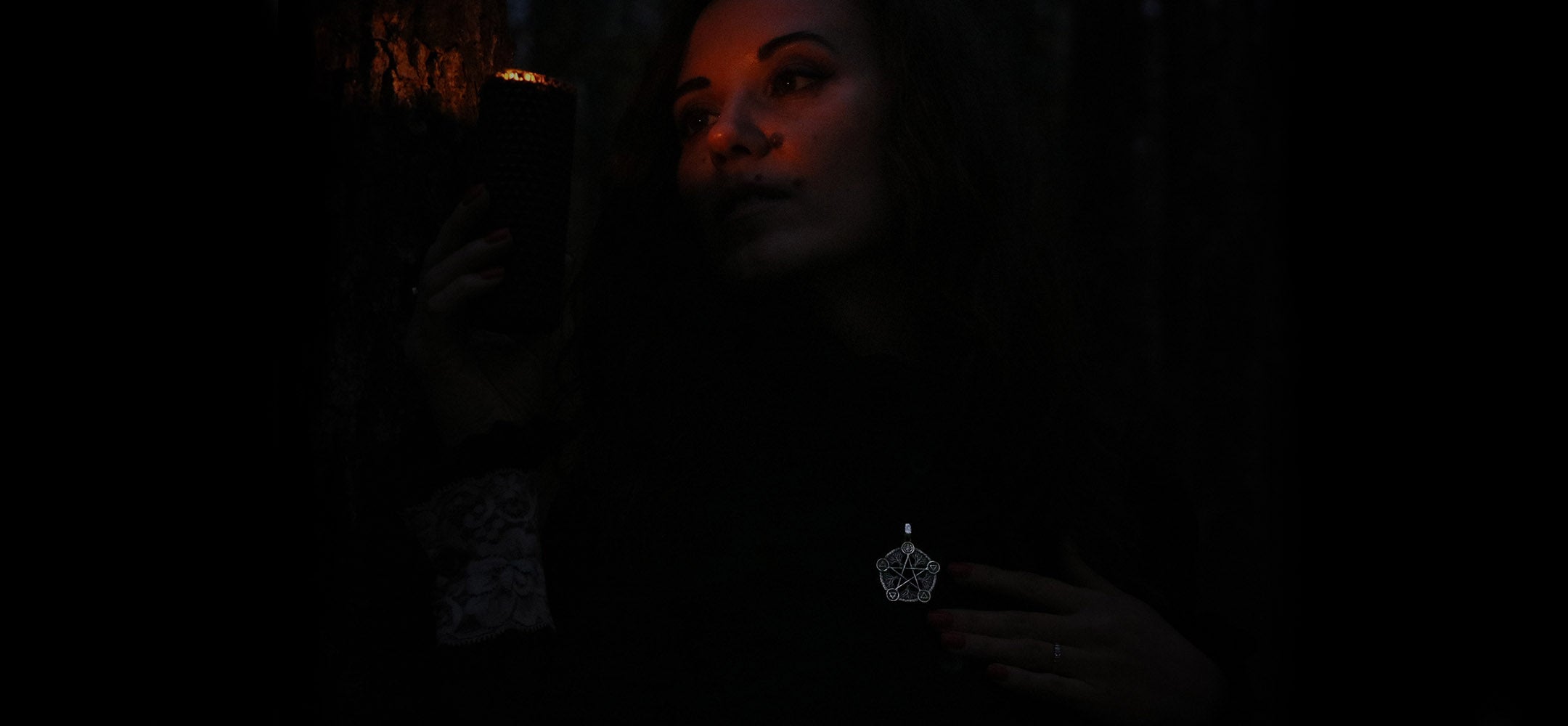- The Significance of Evergreens
- Traditional Uses of Evergreen Decorations
- Modern Interpretations and Eco-Friendly Practices
- Conclusion
Evergreen decorations are a central element of Yule celebrations, embodying the spirit of life, renewal, and continuity during the cold winter months. As nature sleeps, evergreens remain vibrant and green, making them powerful symbols of resilience and hope. Their use in Yule festivities is rich in history and meaning, connecting ancient customs to modern holiday traditions.
The Significance of Evergreens
Evergreen plants, such as pine, fir, cedar, and holly, have been revered across various cultures for centuries. Their ability to retain their leaves throughout the winter has made them symbols of eternal life and renewal. In many ancient traditions, evergreens were thought to ward off evil spirits and bring good luck, prosperity, and protection to homes during the harsh winter months.
-
Symbol of Life: In the midst of winter, when most plants are dormant, evergreens stand out as a reminder of life’s persistence. This resilience is especially meaningful during Yule, a time when many cultures celebrate the return of light and the rebirth of nature with the winter solstice.
-
Connection to the Divine: In pagan traditions, evergreens are often seen as sacred plants, believed to connect the earthly realm with the divine. They were used in rituals and ceremonies to honor deities and spirits, symbolizing the life force that continues despite the harsh conditions of winter.
Traditional Uses of Evergreen Decorations
Evergreen decorations have evolved over the centuries, integrating into various cultural practices and holiday customs. Here are some common ways evergreens are used to adorn homes and celebrations during Yule:
-
Yule Tree: The modern Christmas tree has its roots in ancient Yule traditions. Pagan families would bring evergreen trees into their homes as a symbol of life and as a way to honor the spirits of nature. The tree is often adorned with decorations like candles, ribbons, and handmade ornaments, representing the beauty and joy of the season.
-
Garlands and Wreaths: Evergreen garlands and wreaths are popular decorations for doors, mantels, and walls. Traditionally made from a mixture of pine, fir, and holly, these decorations symbolize hospitality and welcome. Wreaths, shaped in a circle, also represent eternity and the cyclical nature of life, reinforcing the idea of renewal during Yule.
-
Mistletoe: Often associated with Christmas traditions, mistletoe has its origins in ancient rituals celebrating fertility and love. Hung as an evergreen decoration, mistletoe is believed to bring blessings of peace and harmony to those who pass beneath it. The custom of kissing under the mistletoe is a modern adaptation of ancient practices meant to foster goodwill and protection.
-
Evergreen Bouquets: During Yule, many people create bouquets or arrangements using various evergreen branches, berries, and other seasonal elements. These arrangements serve as centerpieces for holiday feasts, reminding participants of nature's beauty and abundance.
-
Advent and Festival Celebrations: In many cultures, evergreen decorations play a role in the observance of Advent and other winter festivals. They may be incorporated into rituals, blessings, and prayers as symbols of hope and preparation for the coming light.
Modern Interpretations and Eco-Friendly Practices
Today, the use of evergreen decorations continues to thrive, blending ancient customs with contemporary practices. Many people seek out sustainable and eco-friendly options, focusing on local sources and reducing waste.
-
Locally Sourced Evergreens: Many modern decorators prioritize using locally sourced evergreen materials to support sustainability and reduce their carbon footprint. This practice not only benefits the environment but also fosters a deeper connection to the land and its resources.
-
Living Decorations: Some individuals opt for living evergreen arrangements, such as potted trees or wreaths made from live branches. These decorations can be replanted or maintained after the holiday season, allowing for continued growth and life.
-
Natural and Handmade Decorations: Emphasizing a return to nature, many people embrace natural decorations made from organic materials. Handcrafted ornaments, biodegradable garlands, and other artisanal creations contribute to the authenticity of Yule celebrations while honoring traditional practices.
-
Community and Connection: The act of creating evergreen decorations often becomes a communal activity, bringing families and friends together to craft and celebrate. This emphasis on connection aligns with the Yule spirit of unity, generosity, and gratitude.
Conclusion
Evergreen decorations are more than mere embellishments during the Yule season; they are powerful symbols that encapsulate the essence of life, renewal, and the interconnectedness of nature. Through their rich history and modern interpretations, these decorations remind us of the enduring spirit of hope that shines brightly during the darkest days of winter. Whether through the vibrant Yule tree, the welcoming wreaths, or the intricate garlands, evergreens continue to inspire joy and celebration, bridging the gap between ancient traditions and contemporary festivities.





